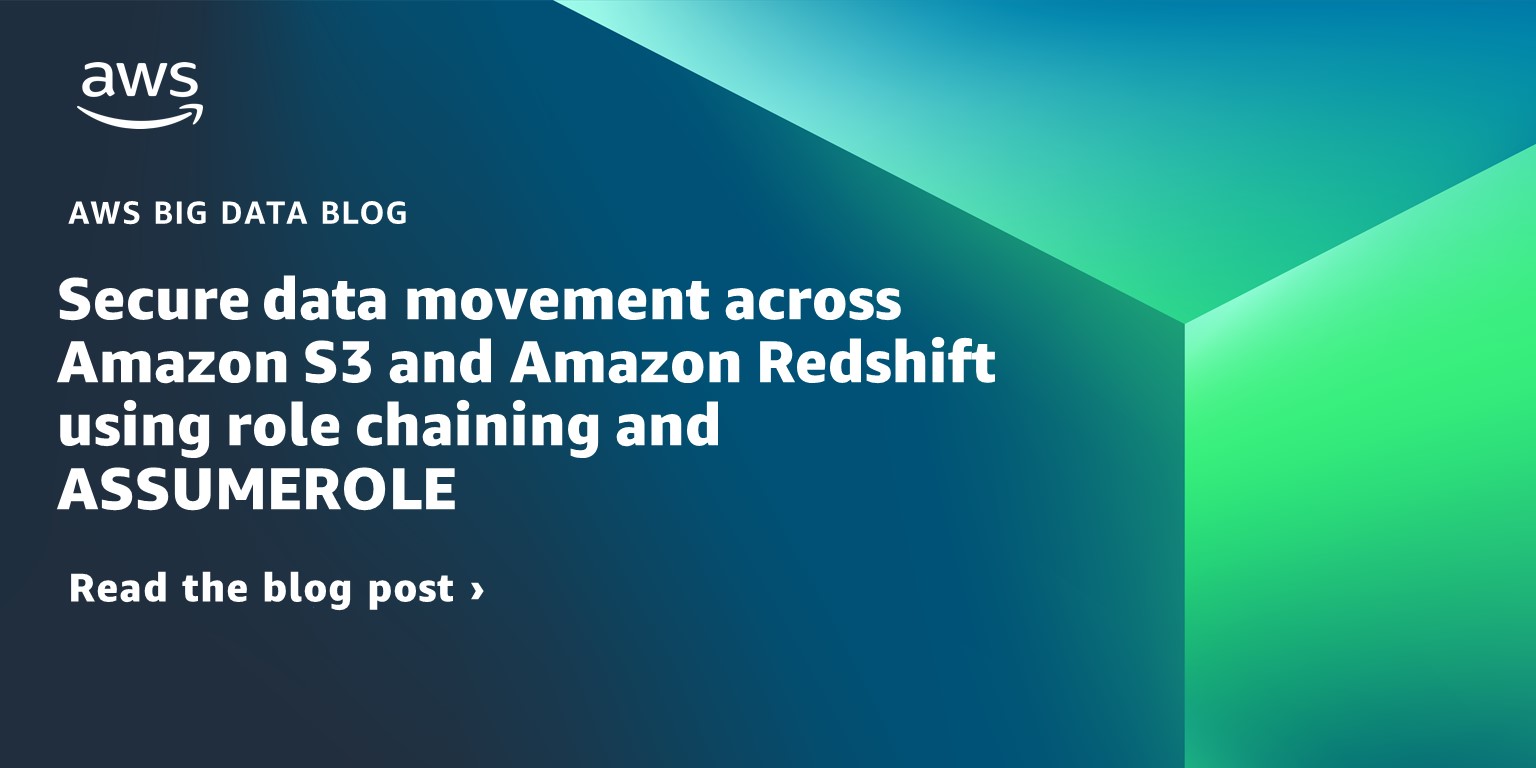AWS Big Data Blog
How Paytm modernized their data pipeline using Amazon EMR
This post was co-written by Rajat Bhardwaj, Senior Technical Account Manager at AWS and Kunal Upadhyay, General Manager at Paytm. Paytm is India’s leading payment platform, pioneering the digital payment era in India with 130 million active users. Paytm operates multiple lines of business, including banking, digital payments, bill recharges, e-wallet, stocks, insurance, lending and […]
Orchestrate big data jobs on on-premises clusters with AWS Step Functions
Customers with specific needs to run big data compute jobs on an on-premises infrastructure often require a scalable orchestration solution. For large-scale distributed compute clusters, the orchestration of jobs must be scalable to maximize their utilization, while at the same time remain resilient to any failures to prevent blocking the ever-growing influx of data and […]
Analyze Amazon SES events at scale using Amazon Redshift
Email is one of the most important methods for business communication across many organizations. It’s also one of the primary methods for many businesses to communicate with their customers. With the ever-increasing necessity to send emails at scale, monitoring and analysis has become a major challenge. Amazon Simple Email Service (Amazon SES) is a cost-effective, […]
Build a big data Lambda architecture for batch and real-time analytics using Amazon Redshift
February 9, 2024: Amazon Kinesis Data Firehose has been renamed to Amazon Data Firehose. Read the AWS What’s New post to learn more. With real-time information about customers, products, and applications in hand, organizations can take action as events happen in their business application. For example, you can prevent financial fraud, deliver personalized offers, and […]
Simplify your ETL and ML pipelines using the Amazon Athena UNLOAD feature
Many organizations prefer SQL for data preparation because they already have developers for extract, transform, and load (ETL) jobs and analysts preparing data for machine learning (ML) who understand and write SQL queries. Amazon Athena is an interactive query service that makes it easy to analyze data in Amazon Simple Storage Service (Amazon S3) using […]
Use Amazon Kinesis Data Firehose to extract data insights with Coralogix
February 9, 2024: Amazon Kinesis Data Firehose has been renamed to Amazon Data Firehose. Read the AWS What’s New post to learn more. This is a guest blog post co-written by Tal Knopf at Coralogix. Digital data is expanding exponentially, and the existing limitations to store and analyze it are constantly being challenged and overcome. […]
Top Amazon QuickSight features and updates launched Q1 2022
Amazon QuickSight is a serverless, cloud-based business intelligence (BI) service that brings data insights to your teams and end users through machine learning (ML) powered dashboards and data visualizations, which can be access via QuickSight or embedded in apps and portals that your users access. This post shares the top QuickSight features and updates launched […]
Access Apache Livy using a Network Load Balancer on a Kerberos-enabled Amazon EMR cluster
Amazon EMR is a cloud big data platform for running large-scale distributed data processing jobs, interactive SQL queries, and machine learning (ML) applications using open-source analytics frameworks such as Apache Spark, Apache Hive, and Presto. Amazon EMR supports Kerberos for authentication; you can enable Kerberos on Amazon EMR and put the cluster in a private […]
Secure data movement across Amazon S3 and Amazon Redshift using role chaining and ASSUMEROLE
Data lakes use a ring of purpose-built data services around a central data lake. Data needs to move between these services and data stores easily and securely. The following are some examples of such services: Amazon Simple Storage Service (Amazon S3), which stores structured, unstructured, and semi-structured data Amazon Redshift, a fully managed, petabyte-scale data […]
Real-time analytics with Amazon Redshift streaming ingestion
August 30, 2023: Amazon Kinesis Data Analytics has been renamed to Amazon Managed Service for Apache Flink. Read the announcement in the AWS News Blog and learn more. Amazon Redshift is a fast, scalable, secure, and fully managed cloud data warehouse that makes it simple and cost-effective to analyze all your data using standard SQL. […]








